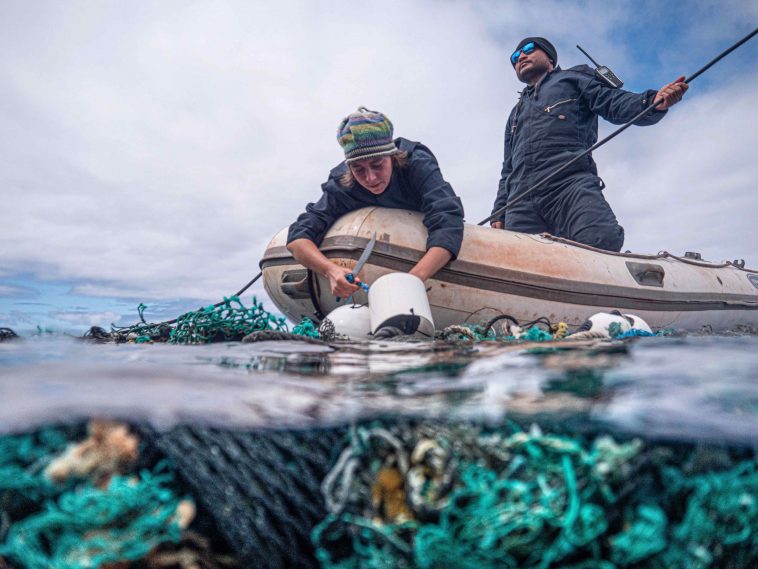As per the marine data, ocean life is approximately 50-80% of all life on earth and oceans contains 99% of the living space on the planet. Humans are able to explore only 10% of the oceans so far whereas 85% of the sea is known as the deep sea because of a dark and cold environment. The average depth of the ocean is 3,795 m and the average height of the land is 840 m. We see all kind of creatures in ocean right from spotted fish, chirping dolphins, barking sea lions and the list go on but because of humans dumping tons of plastic on Oceans that is creating a lot of problem for the animals that live there.
What Is Ocean Plastic
Ocean plastic is one of the major issues that has been highlighted by all researchers and scientists around the world. According to the National Ocean Service, 80% of the pollution comes from the land because of human activities. Smaller rivers too contribute 90% of the pollution. According to the data published by the World Economic Forum, eight rivers in Asia and 2 in Africa are major contributors that carry plastic into the oceans. These rivers are Yangtze, Indus, Yellow, Hai He, Ganges, Pearl, Amur, Mekong, Nile, and Niger.
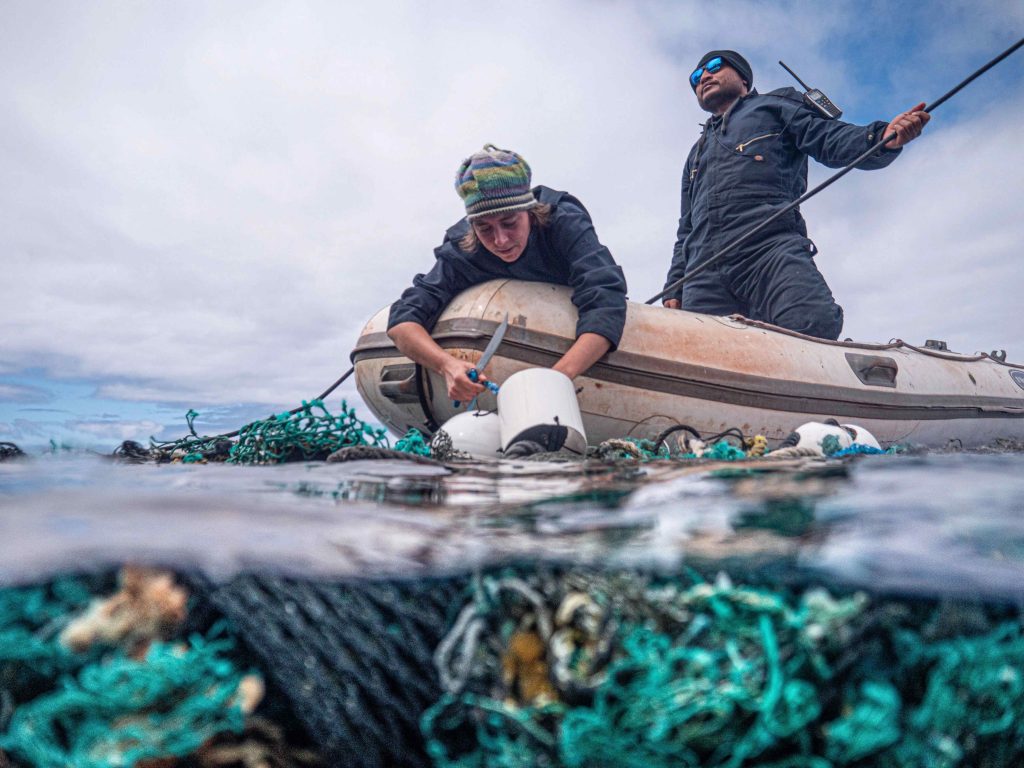
Plastic in oceans came later but initially, it was invented by John Wesley Hyatt who has created the first synthetic plastic by combining cellulose derived from cotton with the waxy solid camphor to form celluloid. John was working on the alternative of ivory, howvever, his breakthrough gave away to Leo Baekeland to discover the first totally synthetic plastic without any materials used from nature. Now, until the 1930s and 1940s, synthetic plastic was used in a wide range of products like polystyrene, polythene, nylon, and polyester. By 1950, Humans were producing 1.5 million metric tons and after a decade we have realized that we are pollution Oceans with plastic. The problem was acknowledged in the 1960s when plastic was found in the dead sea birds.
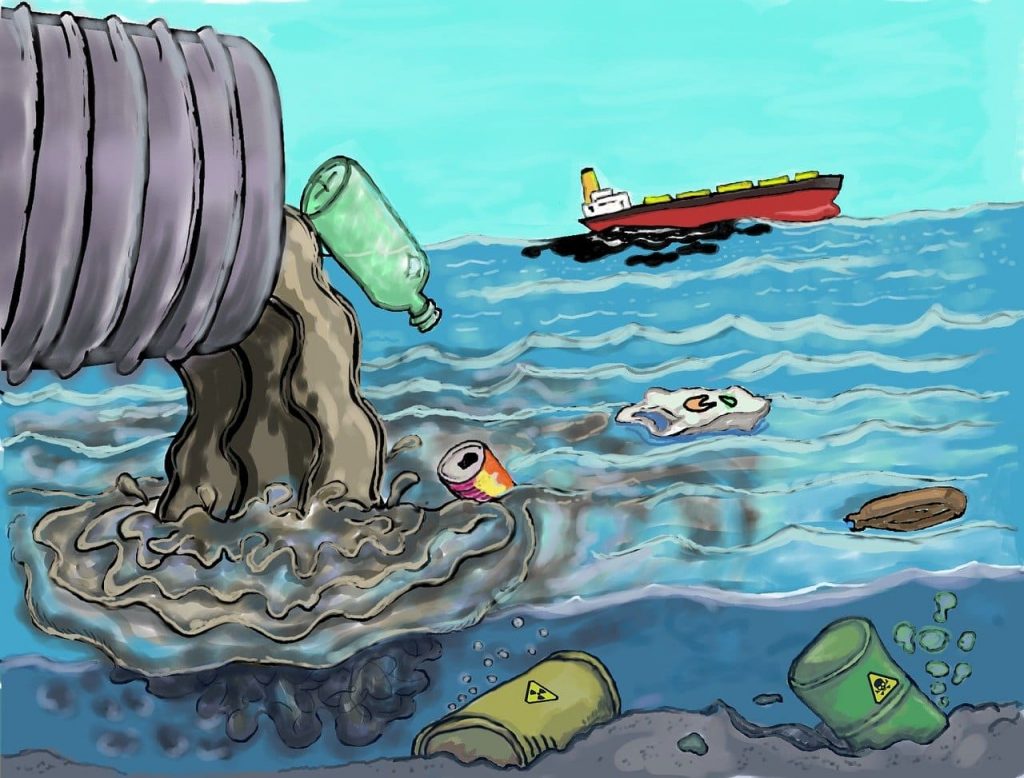
Ocean Plastic is one of the biggest problems nowadays that needs to be acknowledged by the authorities across teh globe and ban single-use of plastic should be taken right away. It is directly or indirectly affecting the wildlife where thousands of seabirds and sea turtles, seals and other marine mammals are killed each year after ingesting plastic or getting entangled in it. Governments across the globe to begin work on the root cause of ocean plastic and start regulating plastics as a pollutant and are working to stop plastic pollution at the source before it could reach to the Ocean.
Tell us some of the important ocean pollution facts
- Eight million metric tons of plastic being disposed into the oceans each year which is nearly 17.6 billion pounds or more specifically it is equivalent to 57,000 blue whales every year. If we continue by this rate, Ocean plastic will outweigh all of the ocean’s fish.
- The Primary causes of Ocean pollution are Sewage, Littering, Oil spills, Ocean mining, Agricultural runoff, Toxic chemicals, Air pollutants and Maritime transportation.
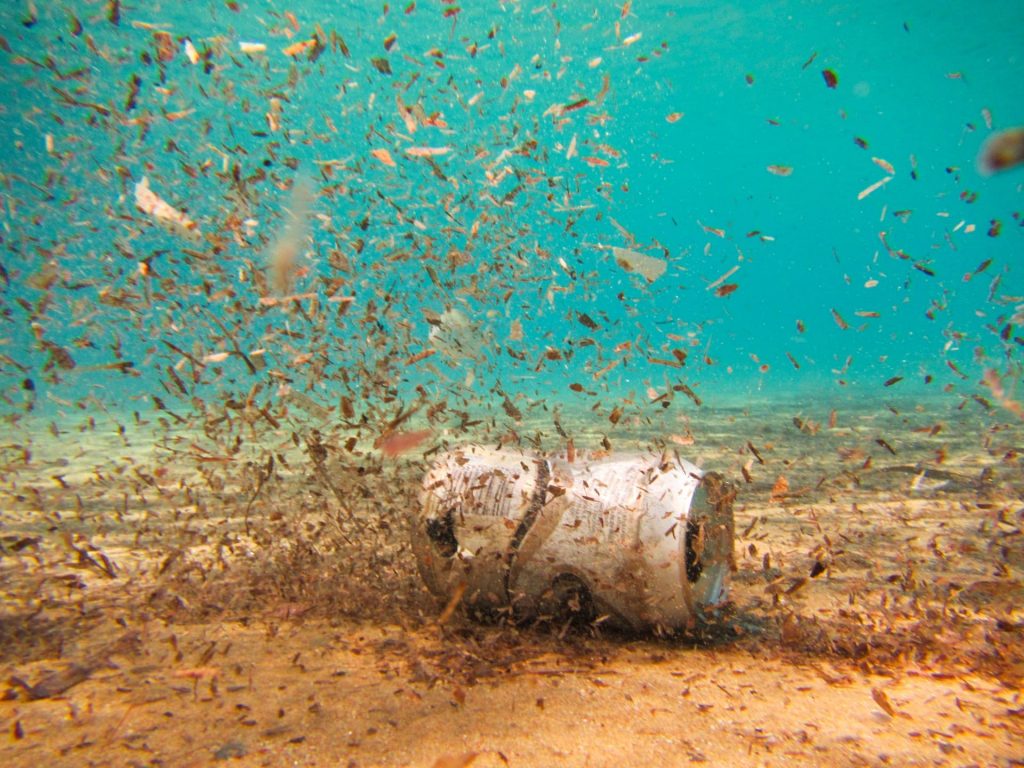
- According to the Ocean Cleanup Crew, Just Collected a Record Amount of Plastic From the Great Pacific Garbage Patch, the most common kind of trash are single-use plastics such as plastic cigarette butts, food wrappers, plastic beverage bottles, plastic bottle caps, and plastic straws and drink stirrers. We all need to sign a petition to ban single-use of plastic across the globe.
- Oceans have around 25 trillion pieces of plastic and around 269,000 tons float on the surface and the rest four billion plastic microfibers per square kilometre litter the deep sea.s
- Half of the total plastic made in the last 13 years.
- According to the data published by UNESCO, Ocean plastic pollution is causing the death of more than a million seabirds every year and over 100,000 marine mammals.
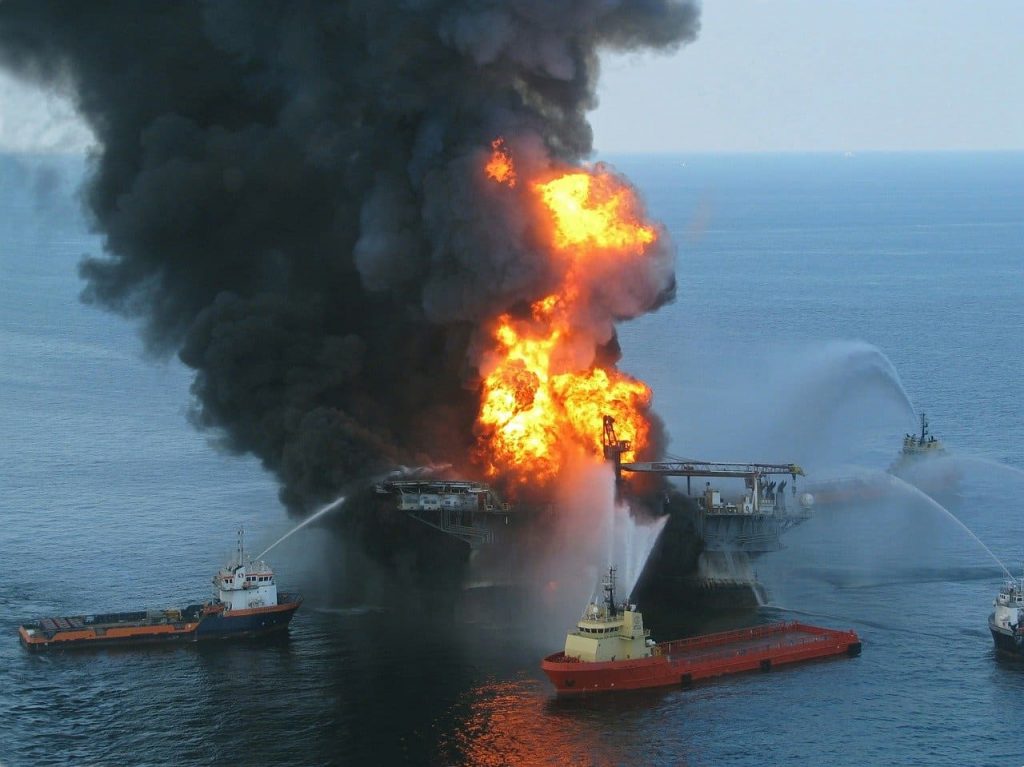
- We have discussed What Is the Great Pacific Garbage Patch in the ocean which is a concentrated place of that is caused by the large sets of ocean currents known as gyres and the areas where we have greater amounts of marine debris it is known as “islands of trash.”
- Oil spoils are one of the least sources of ocean pollution which is approximately 12% of the oil in the ocean. The major source of ocean pollution is ocean plastic and single-use plastic should be banned.
- Ocean noise pollution is also one of the concerns caused by ships, tankers, and shipping containers emit sounds like high-intensity sonar and air guns. This is also causing damage to the fish, disrupts their habitats, and other marine animals.
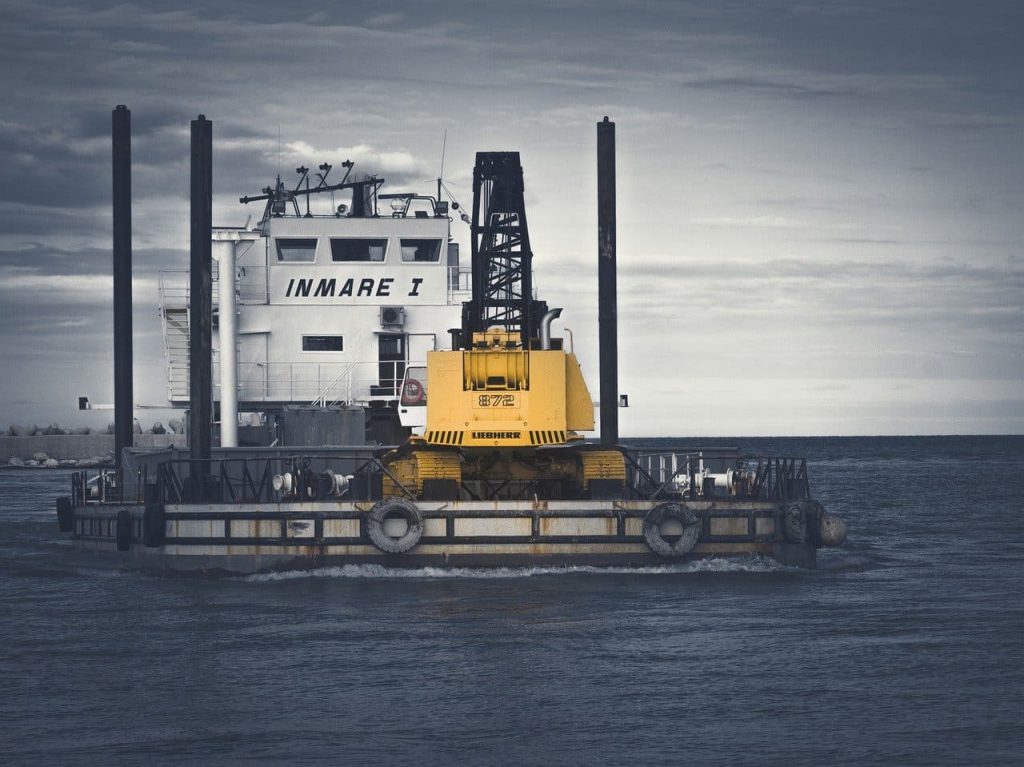
- China and Indonesia are the two largest contributors to plastic pollution in the ocean.
- Ocean plastic can also make its way to the depth of the ocean. There is a study that shows crustaceans in the Marianas Trench, the ocean’s deepest point, have ingested plastic.
- The most common items found in the ocean cleaning are Cigarettes and filters (32%), Food wrappers and containers (9%), Caps and lids (8%), Tableware (6%), Plastic bottles (6%) and Plastic bags (5%).
These are the ocean pollution facts and discussion on ocean plastic. Kindly share and do post your comments.



